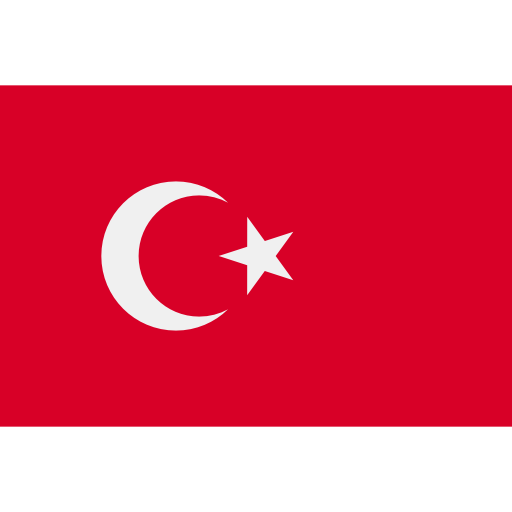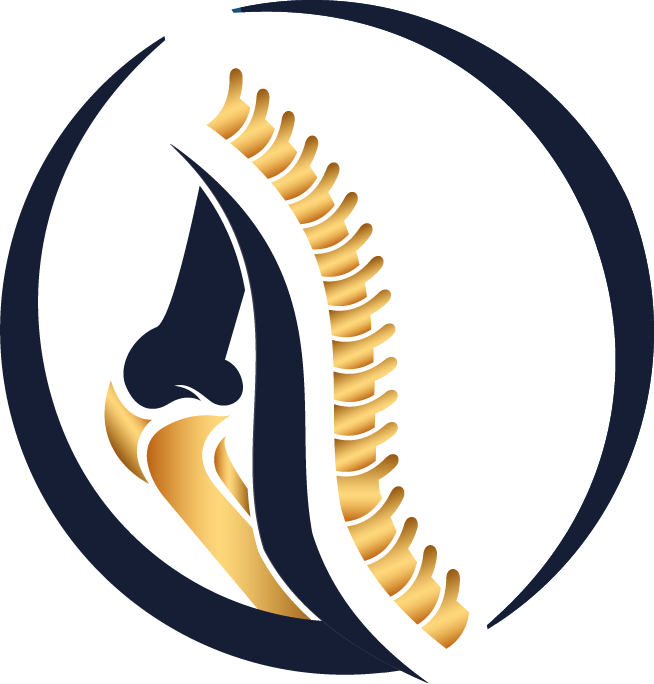Bowed Leg Deformity
Curved legs are very common in babies. When a bowed-legged child stands, there is a significant increase in distance between their legs or knees. This picture, known as bowed leg among the people, can be a normal process or it can be a symptom of Blount's disease.
What are the Causes of Bowed Leg Deformity?
That leg deformity can be seen physiologically, due to Blount's disease or due to rickets.
Physiological Genu Varum
Most children under the age of 2 have the bowed leg appearance. In these children, the deformity straighten with age. Curvature is at its highest level between 6-12 months. The curvature is corrected and the legs regain a normal appearance between 18-24 months. These children should be evaluated for vitamin D deficiency.
Rickets
It is a bone disease that causes bowed legs and other bone deformities in children. This disease is caused by children not getting enough calcium, phosphorus and vitamin D. This disease is rare in developed countries.
Blount's Disease
It is caused by an abnormality in the growth plate at the top of the tibia. Growth plates allow bones to grow longitudinally and take the form of adult bone. Blount's disease can be seen in two different forms, with its types seen in infancy and adolescence. In this article, we will examine the type seen in infancy (Infantile Blount Disease).
Blount's disease is usually more common in children who start walking early or are overweight. It has been hypothesized that the cause of the disease is deformity in the leg due to the abnormal load on the growth plates in the inner part of the knee in the early period, as a result of the pause in this region of the growth plate.
After the age of 2, the presence of bowed leg deformity should be evaluated as abnormal and radiological examination should be performed. It should be examined whether there is beaking in the inner parts of the growth nuclei seen in Blount's disease on X-ray.
When the child walks, there may be a varus thrust in the leg. Leg length inequality and inward turning of the leg may accompany.
In untreated infantile blount disease and rickets, the child develops progressive curvature. In advancing age, pain may occur due to abnormal stress on the joints. Particular attention should be paid to the complete intake of vitamin D, calcium and proteins necessary for bone metabolism.
Treatment
In children younger than 2 years of age, this curvature can be considered normal and an analysis can be made to learn the level of vitamin D only to examine whether there is rickets. If the curvature still persists after 18-24 months, it should be examined by X-ray whether there is Blount's disease.
Imaging should be performed regardless of the patient's age, if a clinically significant outward thrust similar to a limping is observed in the stance phase of walking.
In Blount's disease, treatment is essential and if noticed early, orthotic treatment is applied. If orthotic treatment is not effective, surgery may be planned. Between the ages of 2-3, orthotic treatment can be applied according to the stage of the disease. 50% of these patients can be successfully treated with the use of correct orthoses. If the patient does not benefit from the orthotic treatment in the follow-ups, the follow-up with the orthosis should not be continued for more than 1 year and should be operated around the age of 4 years.
If the patient is older than 4 years at the time of diagnosis, surgical treatment is primarily applied. The longer the surgery is delayed after the age of 4, the lower the chance of success.
Although the physiological genu varum does not require active treatment, it would be beneficial to go to a doctor's control every 6 months.
In rickets, he is referred to a pediatric metabolism specialist for regular follow-up and metabolic treatment and usually responds to drug therapy.
 Türkçe
Türkçe
 Arabic
Arabic
